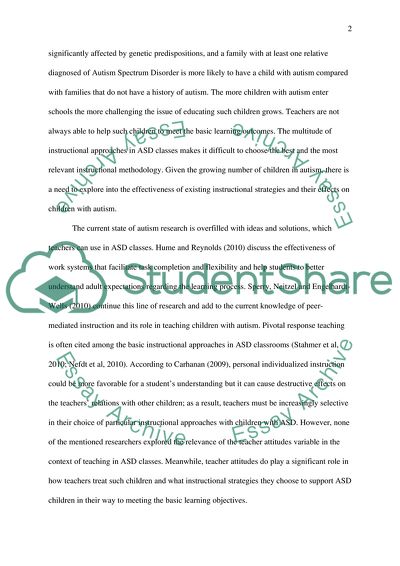Cite this document
(Mental Disorders and How to Deal With Them Autism Research Paper, n.d.)
Mental Disorders and How to Deal With Them Autism Research Paper. Retrieved from https://studentshare.org/health-sciences-medicine/1741419-chapter-1-2
Mental Disorders and How to Deal With Them Autism Research Paper. Retrieved from https://studentshare.org/health-sciences-medicine/1741419-chapter-1-2
(Mental Disorders and How to Deal With Them Autism Research Paper)
Mental Disorders and How to Deal With Them Autism Research Paper. https://studentshare.org/health-sciences-medicine/1741419-chapter-1-2.
Mental Disorders and How to Deal With Them Autism Research Paper. https://studentshare.org/health-sciences-medicine/1741419-chapter-1-2.
“Mental Disorders and How to Deal With Them Autism Research Paper”, n.d. https://studentshare.org/health-sciences-medicine/1741419-chapter-1-2.


